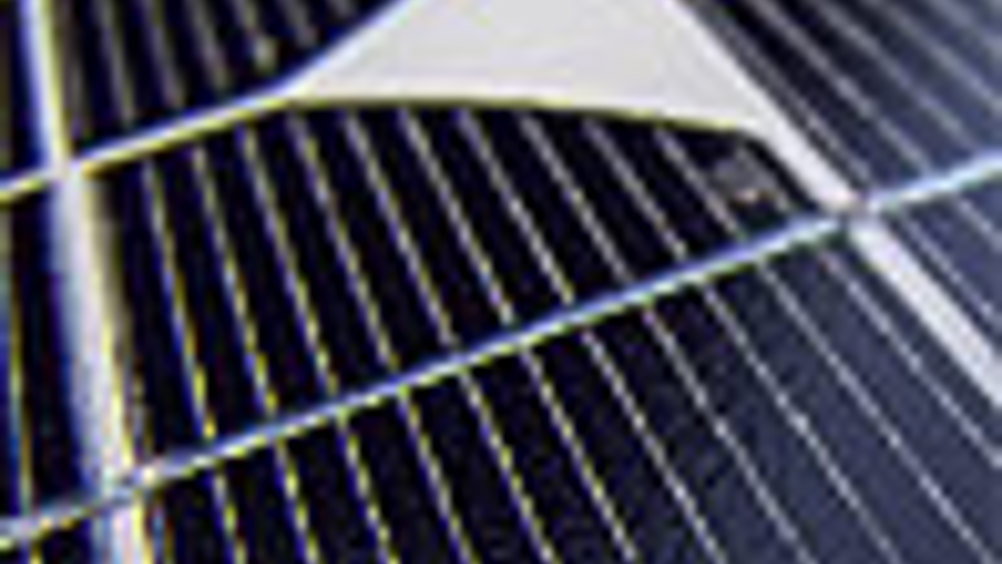Nanorods for solar cells
A solar project team is investigating cost-effective ways to grow nanorods on large substrates

Commercial solar cells could have double the efficiency in five years' time with novel research into nanomaterials.
The EU-funded project, called ROD-SOL (Rods for Novel Solar Cells), aims to create large-scale methods for growing arrays of small, 3D silicon cylinders known as nanorods. This would replace conventional silicon-growing techniques that involve casting ingots and cutting wafers.
A solar cell based on arrays of 3D nanorods will absorb more photons than regular 2D wafers because it scatters less light, said Juhana Kostamo, managing director of
, an atomic layer deposition (ALD) systems manufacturer based in Finland. The company is one of several industrial partners involved in ROD-SOL. 'Current solar cells in mass production have an efficiency typically ranging from five per cent to 10 per cent. With this technology it is possible to double that efficiency.'
While several companies and research groups have produced working prototypes of solar cells based on silicon nanorods, the technology has yet to be commercialised. One reason is cost. Silicon nanorods are currently grown on silicon wafers, but the ROD-SOL team hopes to optimise a method for growing silicon nanorods on larger, less expensive substrates, such as glass or synthetic foil that could be fashioned into thin-film solar cells. Silicon nanorods are typically grown using a process common in the semiconductor industry known as chemical vapour deposition (CVD). In this process, a substrate is exposed to vapourising compounds that either react or decompose on its surface to produce a deposit. Once the nanorods are grown, they are joined together to form a matrix using atomic layer deposition (ALD).
Register now to continue reading
Thanks for visiting The Engineer. You’ve now reached your monthly limit of news stories. Register for free to unlock unlimited access to all of our news coverage, as well as premium content including opinion, in-depth features and special reports.
Benefits of registering
-
In-depth insights and coverage of key emerging trends
-
Unrestricted access to special reports throughout the year
-
Daily technology news delivered straight to your inbox










Water Sector Talent Exodus Could Cripple The Sector
Maybe if things are essential for the running of a country and we want to pay a fair price we should be running these utilities on a not for profit...